Asking for and receiving a refund by credit card is usually a quick and simple process that begins with contacting the merchant. As long as you have the proof of purchase they require, the merchant will initiate the refund process and you'll see it appear on your credit card statement later.
If the merchant doesn't respond or has unexpected requests, you may have to get your credit card issuer involved to get your money back.
Our guide walks you through the steps of asking for a credit card refund and initiating a chargeback, so you can get your money back and move on with your day.
Key Takeaways
- Stores issue credit card refunds by reversing the purchase charges, which can take several days or up to a month to appear in your credit card account.
- You should always begin your quest for a refund by contacting the store directly and following its refund policy.
- Your credit card company will only issue a chargeback if you can provide a compelling reason why the merchant shouldn’t have refused your refund request.
Never miss an amazing deal again + get our bonus 250+ page eBook for FREE. Join 50,000 other Canadians who receive our weekly newsletter – learn more.
How a credit card refund works
When you make a purchase with your credit card, the merchant immediately gets paid, and your credit card is charged, giving you until your statement date to pay for the item. If you initiate a refund, the merchant has to return your money to the credit card you made the purchase with.
For instance, if you bought something at a local store with your credit card and later request a refund, you won’t get the refund in cash. Instead, the amount will be credited back to your credit card regardless of which payment network you used (Visa, Mastercard, or American Express).
If you have a credit card balance, the credited amount will simply reduce the amount you owe your card issuer. If you don’t have a credit card balance, the refund will appear with a minus symbol or parentheses, as in -$39.40 or ($39.40). This just means your card issuer owes you money for a change.
How to request a credit card refund
Before you begin the refund process, read your receipt or check the merchant’s website for their refund policies. This can help you determine whether there's a limited window of time to ask for a refund, and whether you're eligible for one at all.
If you bought something online, checking the merchant's info will also help you find out whether you’re responsible for shipping the item back to the merchant.
To start a refund, you can visit the merchant in person, contact them online, or make a phone call. You will probably have to say why you’re returning the item and show your receipt.
If your item qualifies for a return, they’ll issue the refund and credit your account.
How long does a credit card refund take?
Asking for a refund in person usually only takes a few minutes, but the actual time it takes before the funds are back in your account can vary. It typically takes between three and five business days.
If you’ve had to mail back an item that you bought online, hang onto your postal or tracking receipt since the merchant has to receive the item and process it before they’ll issue your refund. As you might guess, this can delay your refund, especially if the online retailer is located across the country and/or is particularly slow at issuing refunds.
Unfortunately, even if you’re waiting on a refund, you’re still responsible for paying your credit card on time. Don’t wait for the merchant to issue a refund before making a payment, or you could be hit with interest charges. Your credit score could take a hit too.
Credit card refund policies
Unless a purchased item is defective or not as described, businesses in Canada aren’t obligated to provide a return. You have a better chance of getting your money back if you:
- Read the rules: Stores and merchants should clearly state which items you can return and when, either on the purchase receipt, their website, or both.
- Supply proof: Exchange, refund, and return policies should also specify the required documents, such as a purchase receipt, shipping label, or original packaging.
- Give them time: Canada doesn't have any laws that guarantee a maximum refund turnaround. Ask the merchant for an estimate and add a margin of about five business days before contacting them about the refund.
As the Canadian Consumer Complaint Roadmap explains, your first point of contact should always be the merchant or store. If they can’t or won’t help you, you can make a complaint in writing, contact the appropriate government body, or reach out to your credit card issuer.
Refund policies by merchant
To give you an idea of standard refund policies, check out the terms of these popular retailers.
| Merchant | General refund policies |
|---|---|
| Home Depot | Returns can be made within 90 days with proof of purchase or within 365 days if you have a Home Depot credit card or credit line. |
| Walmart | In-store or online purchases with proof of purchase can be returned within 90 days, but some items have more limited return windows. |
| Canadian Tire | Unopened items in original packaging returned with a receipt within 90 days of purchase will receive a refund, but items that are opened, damaged, and/or not in resalable condition may not be eligible. Some items have more limited return windows. |
| Best Buy | Most items sold by Best Buy can be returned within 30 days of purchase or delivery of the item (if purchased online). Certain items have more limited return windows, including cell phones with carrier plans. |
| Amazon | Items shipped from Amazon.ca can be returned within 30 days of delivery, with some exceptions. Third-party sellers often have their own return policies. |
| IKEA | You can return unopened items within 365 days with proof of purchase. Opened or assembled items can be returned within 90 days, as long as they’re unused and resalable. |
Credit card refund vs. credit card chargeback
If you request a refund that you believe you’re eligible for and the merchant denies it, you can work directly with your credit card issuer.
Explain the situation and provide purchase details, and the card issuer will then contact the merchant to try to resolve the charge/refund. They typically give the merchant time to respond, but if there isn't a response, the card issuer can reverse the charge to credit your account.
This is known as a credit card chargeback.
Credit card chargebacks are often used in cases of fraud or a breach of faith involving:
- Damaged items
- Defective items
- Misleading item descriptions
Although merchants aren’t required to issue refunds automatically, you can reach out to your provincial or territorial consumer affairs office for advice and assistance. They’ll explain the next steps of submitting a written complaint or going to court.
Alternatives to refunds and chargebacks
If your refund request doesn’t relate to unauthorized transactions, scams, or defective items, you may find satisfaction through your credit card insurance coverage.
Protections offered through credit card issuers include:
- Purchase protection coverage gives cardholders 90 days to claim a repair, replacement, or reimbursement on stolen or damaged items purchased with a your card.
- Extended warranty coverage significantly extends the term of the original manufacturer's warranty. The term is often doubled, which gives you plenty of time to make a claim.
FAQ
How long does a credit card refund take in Canada?
If you visit the merchant to receive a refund in person, it’s usually credited back to your account right away. But if you bought an item online and have to return it first, it could take a month or more.
Why do refunds take so long on credit cards?
A refund is a reverse transaction and is never instant. You may have to wait due to card issuer processing times, or the issuer's security measures may slow things down as they try to prevent fraudulent activity.
Why is my refund not showing up on my credit card?
It might just take more time to appear, especially if you purchased an item online. You may be waiting for the merchant to receive the item you shipped back, which is sometimes required by certain merchant policies.
What's the difference between a credit card refund and a chargeback?
A merchant can issue a refund if your item meets their return policy. A chargeback occurs when a merchant refuses to refund and won't respond to your card issuer, so the issuer simply reverses the charge.
creditcardGenius is the only tool that compares 126+ features of 231 Canadian credit cards using math-based ratings and rankings that respond to your needs, instantly. Take our quiz and see which of Canada's 231 cards is for you.






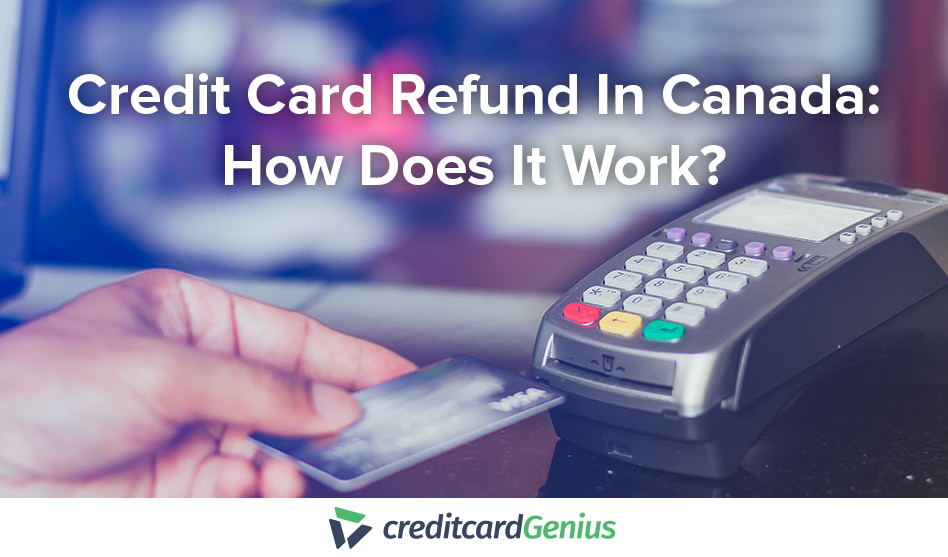


 GC:
GC: 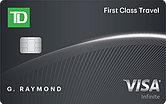



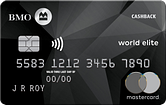
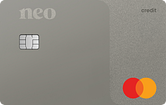
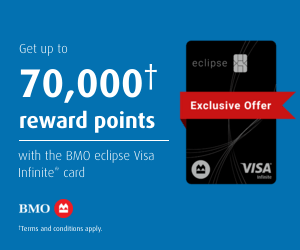
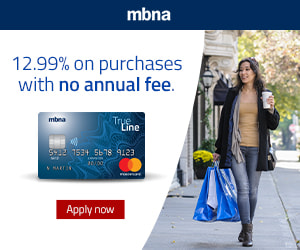


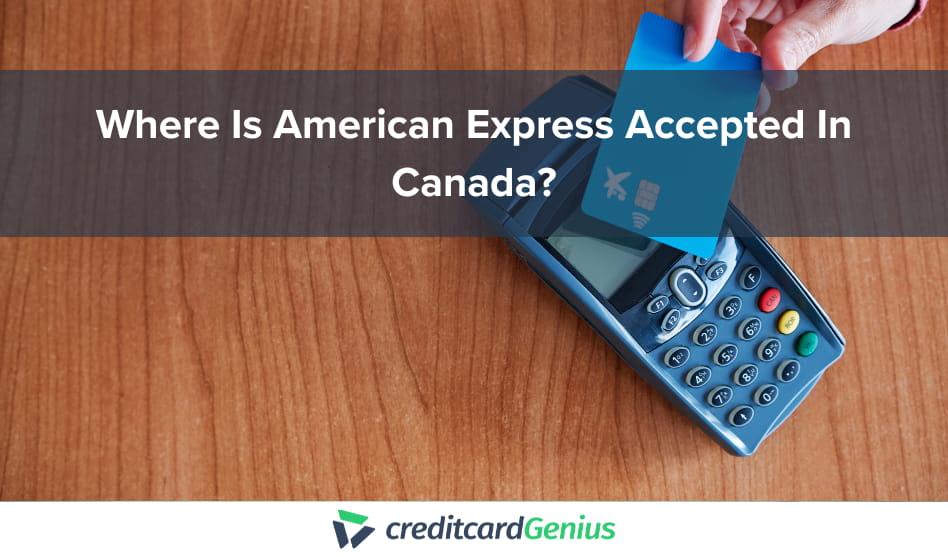


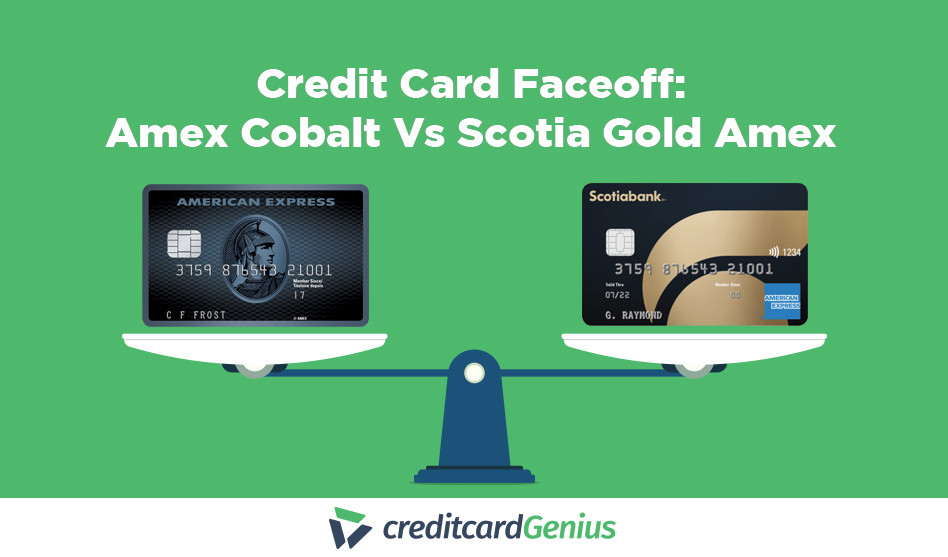

.png)





















 $100 GeniusCash + Earn up to 15,000 Welcome Bonus Membership Rewards® Points.*
$100 GeniusCash + Earn up to 15,000 Welcome Bonus Membership Rewards® Points.*
Comments
Leave a comment
Required fields are marked with *. Your email address will not be published.
Showing 2 comments